Pytorch implementation of Neural Style Transfer (NST). This is mainly a personal project to review all the litterature about NST, implement some of the meaningful ideas and test some personal experiments. This work is still in progress.
-
Losses
- networks
- VGG16
- VGG19
- ResNet
- Inception
- Total variation loss
- networks
-
Image optimization based
- Simple style transfer
- Several styles transfer
-
Model optimization based
- Per style per model
- Multi style per model
- Arbitrary style per model
For the style dataset, I wanted to have a large pannel of different styles. I chose to take a few paintings from all kinds of art movements: prehistoric, anciant art, medieval, renaissance and impressionism.
As for the content dataset, I wanted to have a large pannel of different content. I chose to take a few pictures from all kinds of categories.
Neural style transfer was first introduced by Gaty in 2015. It belongs to the family of image transformations. The goal is to transform a content image into a new image that has the same content as the content image but also the style of a style image. To do that, a pretrained convolutional neural network is used to extract the content and style representations of the content and style images. A content loss and a style loss are derived from these representations. Neural style transfer is then achieved by minimizing these losses at the same time to both match content and style.
Most papers also include a total variation loss to smooth the image and avoid pixelated artifacts. Indeed, the content and style losses struggle to take into account the local coherence of the image. The total variation loss is a regularization term that encourages spatial smoothness.
Now that the loss is defined, NST just consists in optimizing an image to match both content and style, with gradient descent.
I tried to optimize the content loss without style loss. Surprisingly, the content loss was not easy to optimize alone from a random noise image. The deeper the layer is, the harder it is to optimize. The best results are obtained with the first layer of the network.
| conv1_1 | conv2_1 | conv3_1 | conv4_1 | conv5_1 | conv5_1 w/ total variation loss |
|---|---|---|---|---|---|
 |
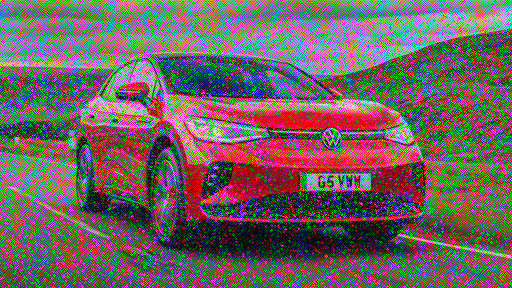 |
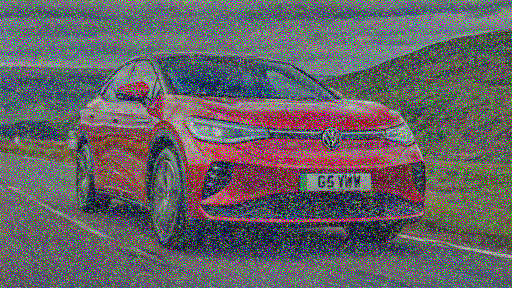 |
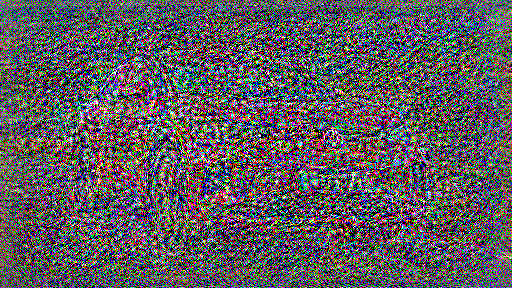 |
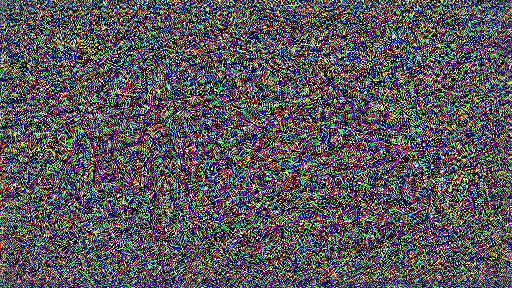 |
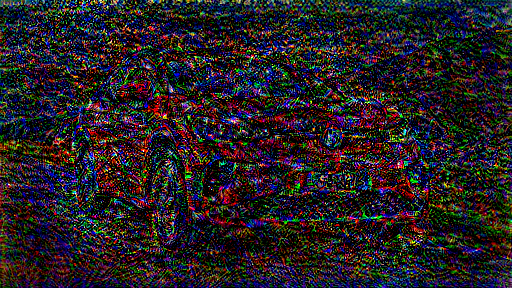 |
That is probably because the deeper you go in the layer, the more abstract the features are. I tried to add total variation to get rid of the noise but it did not change much.
To get rid of the difficulty to optimize the content loss, I am now starting from the content image instead of a random noise image.
-
Jing, Y., Yang, Y., Feng, Z., Ye, J., Yu, Y., & Song, M. (2017). Neural Style Transfer: A Review. arXiv. https://doi.org/10.48550/arXiv.1705.04058
-
Gatys, L. A., Ecker, A. S., & Bethge, M. (2015). A Neural Algorithm of Artistic Style. arXiv. https://doi.org/10.48550/arXiv.1508.06576